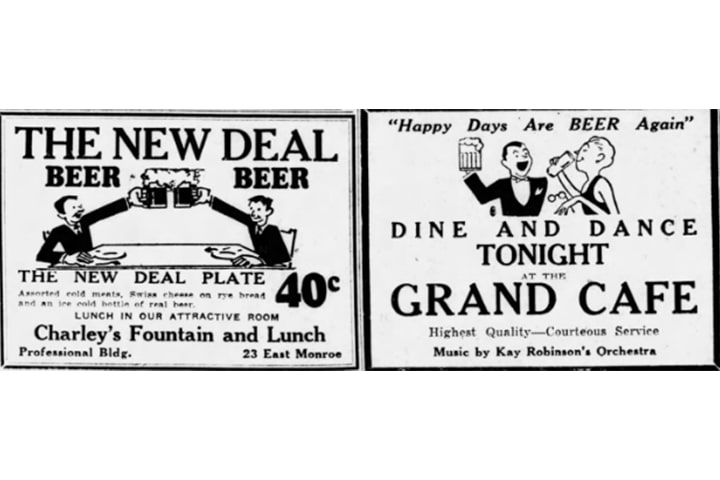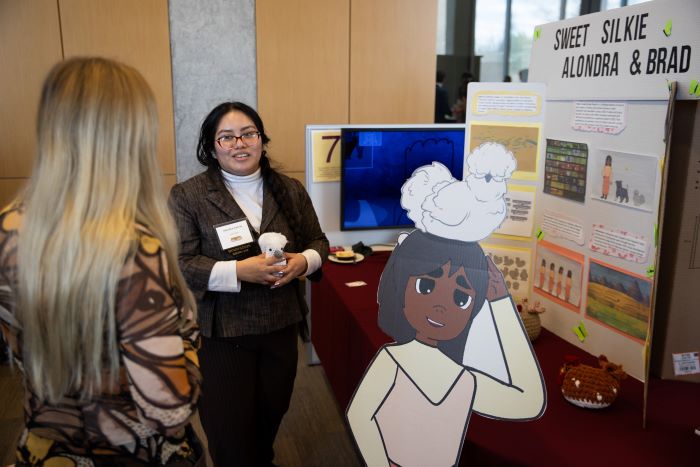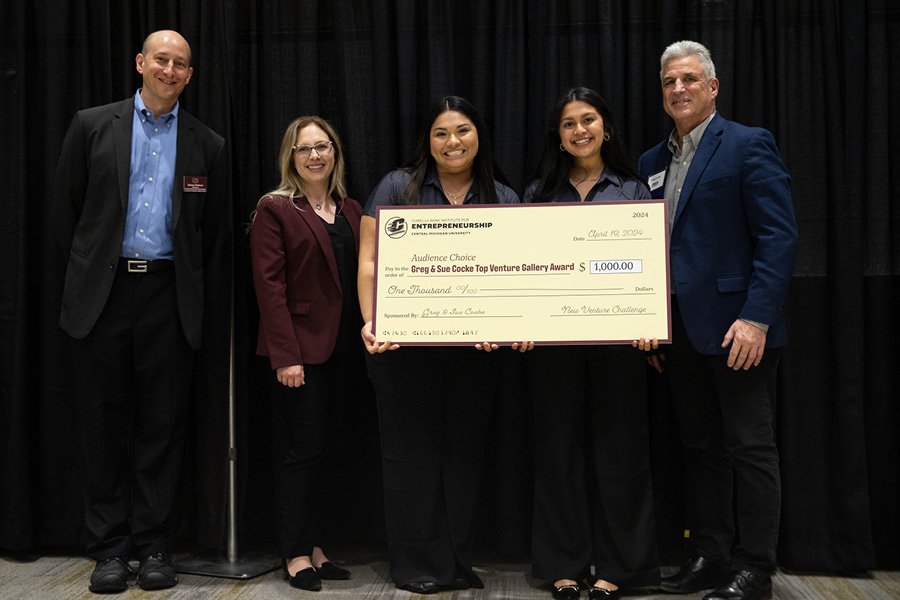
Start up
Passion. Potential. Pitches. Don't miss any of the 2025 New Venture Challenge excitement.
Tune in Friday, April 11 at 1 p.m. for great ideas and fierce competition. Then, join the judges, mentors, spectators and teams as they see who is going home with thousands of dollars in venture financing. The awards broadcast begins at 6:30 p.m. and one team will walk away as the overall best venture.
Central Michigan University’s College of Business Administration is the home of the Isabella Bank Institute for Entrepreneurship and the first Department of Entrepreneurship in the state of Michigan. We are a student-centric hub where experiential, curricular, and external entrepreneurial opportunities intersect.
Our mission is to maximize student success by fostering a campus-wide entrepreneurial mindset that promotes inter-disciplinary collaboration and the creation of new ventures.
We aim to create innovative programming, boost cross-campus and ecosystem collaboration and provide a comprehensive mentoring program.
Our institute provides extracurricular opportunities and is open to all undergraduate and graduate CMU students.
Are you interested in becoming an entrepreneur?
Every journey is unique. Explore the opportunities that interest you.
Professor Jason Taylor, the Jerry and Felicia Campbell Professor of Economics at CMU, is currently studying several economic aspects related to the end of Prohibition in 1933. Taylor has published multiple papers on the topic, such as the speed of the entrepreneurial response to relegalization, the number of jobs it created, and a comparison of the location of breweries before and after Prohibition ended.
While studying the factors driving recovery from the Great Depression, Taylor came across an article from May 1933 suggesting the legalization of beer may have been a contributing factor to the economic turnaround during the time. While Prohibition did not end until December 1933, in April 1933, the definition of “intoxicating” beverages was changed to allow for the production, sale, and consumption of beer up to 3.2% alcohol. Beer legalization is an understudied aspect of President Franklin Roosevelt’s “New Deal” economic measures designed to promote employment as the unemployment rate at that time was 25%.

Taylor found no scholarly research addressing this policy change in depth. Since 2017 Taylor has published six papers on the aspects of beer legalization prior to the end of Prohibition. For example, one of his studies, published in Explorations in Economic History, estimated that legalization created around 60,000 jobs in April 1933 and created over 100,000 jobs over the next few months.
Another of his papers, published in Business History, examines the speed with which breweries entered after relegalization in 1933. Using information from historical newspaper searches, Taylor estimates that around 200 breweries were selling on April 7, and by the end of the year, 607 were in business.
His research also examined factors that contributed to the longevity of breweries that opened in 1933. Taylor found that breweries that began legal sales more quickly within 1933 survived longer than those that opened later. Larger breweries were also more likely to survive longer than smaller breweries.
His most recent paper examined the geographic location of the 600 breweries that were selling in 1933 compared to the location of 1,500 breweries just prior to the start of Prohibition. Taylor finds that the relative geographic distribution of breweries was largely unchanged from the immediate pre-Prohibition era.
Taylor plans to use his sabbatical in the spring of 2024 to write a book that brings together and expands upon his published papers. The book is tentatively titled “A Good Time for Beer: The Economics of Beer Legalization in 1933 Prior to Prohibition’s Repeal.”
This story is brought to you by the Office of Research and Graduate Studies.

Explore special opportunities to learn new skills and travel the world.

Present your venture and win BIG at the New Venture Challenge.

Boost your entrepreneurial skills through our workshops, mentor meetups and pitch competitions.

Learn about the entrepreneurship makerspace on campus in Grawn Hall.

Present a 2-minute pitch at the Make-A-Pitch Competition and you could win prizes and bragging rights!

Connect with mentors and faculty who are here to support the next generation of CMU entrepreneurs.

Are you a CMU alum looking to support CMU student entrepreneurs? Learn how you can support or donate to the Entrepreneurship Institute.